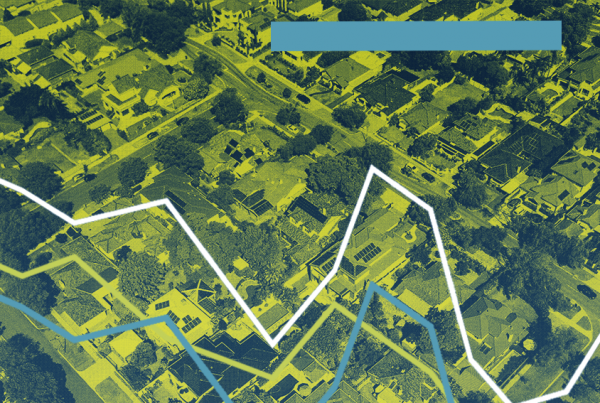At its eighth and final policy meeting of 2023, the Federal Reserve decided once again to skip raising the Fed funds rate, which is the amount banks pay to borrow money from each other overnight. This was the Fed’s fourth skip amid 11 rate hikes instituted since the first quarter of 2022 in an attempt to rein in inflation.
This decision did not come as a surprise, as recent data has shown that the economy is in fairly good shape. Inflation has continued to drift lower, and even though it is still above the central bank’s target of 2% annual growth, markets have already been pricing in the likelihood that the Fed is done raising interest rates this cycle and is now looking toward potential rate cuts in 2024.
If the central bank can continue to make progress toward its 2% target without bringing the economy to a more abrupt slowdown, there is the possibility of achieving a “soft landing.” That means the economy would grow enough to avoid a recession and a negative hit to the labor market, but not so strongly that it fuels inflation again.
What does the skip in Fed rate hikes mean to mortgage rates?
As we have pointed out in previous blogs about Fed rate increases, the Federal Reserve technically doesn’t determine mortgage rates. The rate of inflation has a much more direct impact on them, however. Skipping another increase in the Fed funds rate is a good sign that inflation is slowing, especially when supported by economic data.
That combination generally puts downward pressure on mortgage rates, and after hitting a 23-year high of 8% for a 30-year fixed-rate mortgage in October, rates have cooled down to the lowest levels since July. But remember, unlike the Fed rate, mortgage rates change daily and sometimes hourly. There is still the potential for plenty of volatility despite recent encouraging news about the slowing pace of inflation.
The best way to navigate interest rates on home loans is to speak with a Homeowners Licensed Mortgage Professional about current market conditions. In any market situation, we’re here to help you understand the rates that are available to you and get the best possible pricing on your next home loan.





